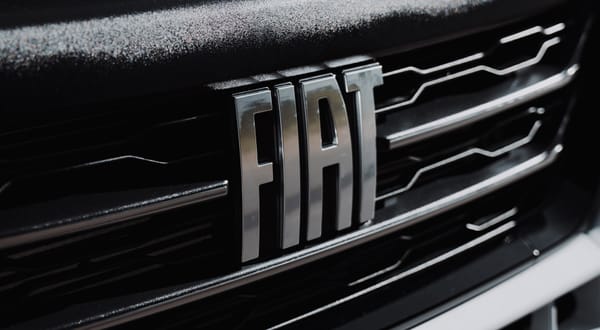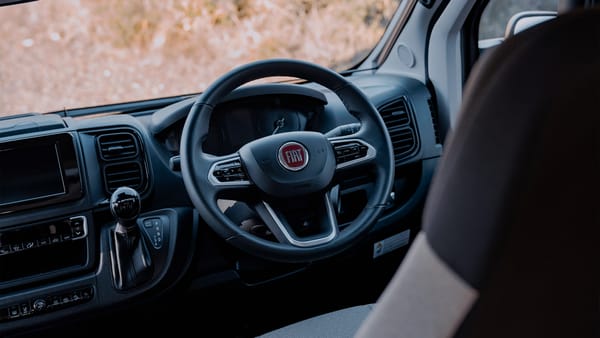Inside Look: Why We Trust Redarc with Our Motorhome Electrical Systems - An Interview with Redarc's Martin McInnes
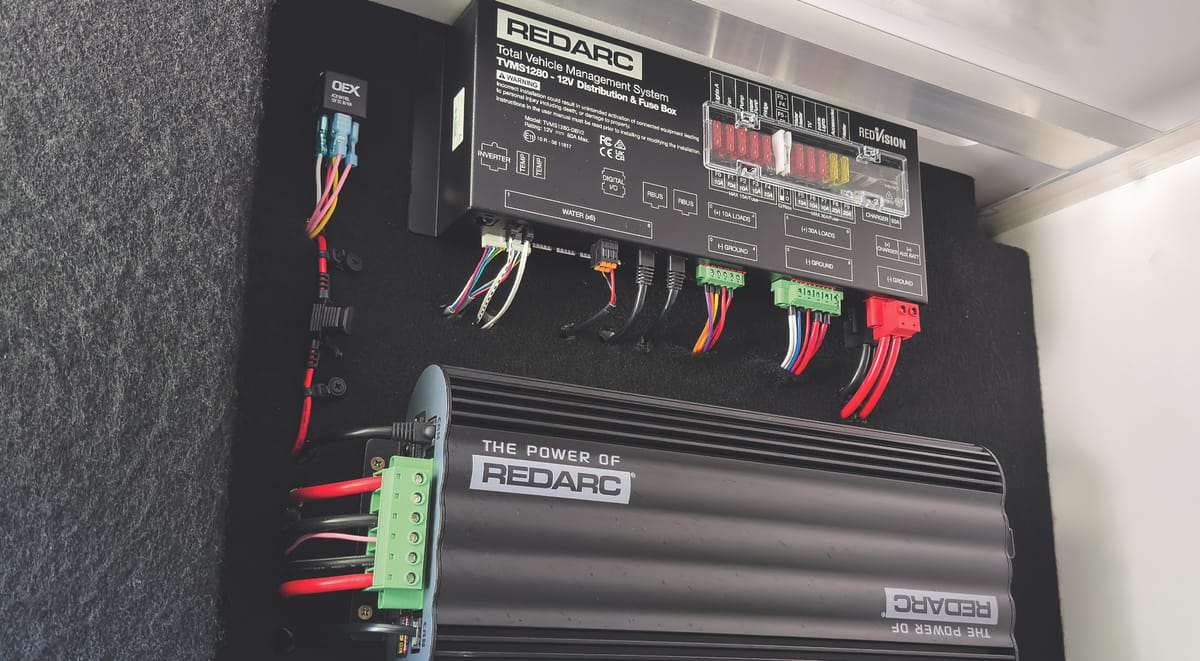
Today, we're excited to speak with Martin McInnes, the NSW Industrial Relationship Manager at Redarc Electronics, a company renowned for its cutting-edge innovations in power management and electronic solutions for the automotive and RV industries. Martin's diverse background began as an Auto Electrician followed by mechanical apprenticeships in light and heavy vehicles, to top it off he did his apprenticeship as a 240v electrician. Martin ran his own successful business in the marine industry for over a decade. His extensive experience and passion for excellence now drive his contributions at Redarc, where he continues to innovate and deliver top-notch solutions for customers like Interstate. We're thrilled to have him share insights into Redarc’s latest innovations and how they can enhance your experience on the road.
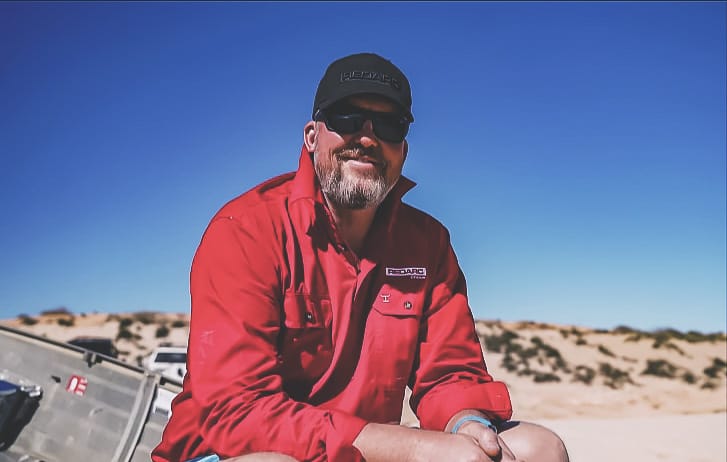
Can you share the Redarc story with us? What’s the journey been like from its early days to becoming a leader in the industry?
Oh, absolutely, Redarc's story is pretty interesting. It kicked off in 1979 when Bob Mackie decided to start making electronic components in South Australia. The first product that began even before REDARC had its name was when Porsche required an ignition system. The then unnamed business began development of the Porsche ignition system. During this development a red arc was seen and the name was born, REDARC. After that, it was all about those bits and bobs that everyone needs, but as more people got into hitting the road with their caravans and off-road vehicles, Redarc shifted its focus to meet that demand. Think of things like brake controllers and power management systems - essentials for the road-trip enthusiasts.
1997 was a bit of a game-changer when Anthony and Michele Kittel stepped in. At that point, REDARC was a small team of about eight people, but the Anthony & Michele Kittel vision was to not just keep Redarc ticking over but to really push it forward. They expanded the team, which now stands at nearly 400, and Redarc has become a name synonymous with quality and innovation. We have managed to keep the vast majority of manufacturing right here in Australia while also reaching out to markets overseas.
So now, we’re a long way from just those initial components we started with. We’re leading the pack with advanced systems for managing power, towing safely, and getting the most out of solar energy while you're out exploring. It's been quite the transformation from a small local business to a player on the global stage. Now Redarc supplies the defence, aerospace, mining and industrial markets, all while staying true to their roots.
With so many power management systems out there for RVs, what sets Redarc apart? What’s the secret that makes your products stand out in a crowded market?
We really shine in the RV power management space because we're all about blending technology with user-friendly design. At the heart of it, our systems are built to make managing your RV's power simpler and more efficient. As an example, Our smart Battery Management System not only extends your battery's life but also makes sure it's running at its best. Plus, we pack a lot of functionality into each product, so you're getting a charger, power manager, and monitor all rolled into one sleek package.
But what really sets us apart is our attention to quality and detail. Our gear is tough - designed to handle the rough and tumble of RV life, which is especially important in Australia. And since everything's engineered and tested and built locally, we're confident in its ability to perform. On top of that, we've got a wide range of products that work seamlessly together, which means you can tailor your setup to fit your exact needs without worrying about compatibility issues.
We also pride ourselves on being there for our customers. The most common comment I get is around how solid or support and warranties are. It's not just about having advanced features; it's about providing real solutions and peace of mind.
For our Interstate 'One' owners who love hitting the open road, what kind of support and resources can they count on from Redarc while they’re out exploring?
One of the main things that we at Redarc offer is our customers lifetime support on the systems fitted within their motorhome. For example, if Interstate customers need assistance in how to work out the functions of the Red Vision or Manager 30, customers can call 1300 REDARC (+61 1300 733 272). The Redarc website has a wealth of information via the resources page which will answer pretty much any questions about the Redarc product.
Our Interstate ‘One’ campervans come with two 100-amp lithium batteries and the Redarc Manager 30 system, along with 250 watts of solar power. How much time can our customers expect to enjoy off-grid before needing to recharge?
Alright, there’s a bit of maths behind that question so I’ll try to break it down to basics. You've got a setup with two 100-amp hour lithium batteries, giving you a total energy capacity of 2880 watt-hours. If we're talking about an average daily use of around 1000 watt-hours, just running on these batteries, you could go about three days without needing a recharge.
Now, throw in the solar panels. With 250 watts of solar and assuming about 5 hours of good sunlight a day, you're looking at generating around 1250 watt-hours daily. This means not only are you covering your daily use, but you're also putting an extra 250 watt-hours back into the batteries each day. So, theoretically, as long as the sun's cooperating, you could keep going indefinitely without needing to plug in.
The Redarc Manager 30 is the cherry on top here. It makes sure your batteries are charged in the most efficient way possible and helps manage that power so you're getting the most out of what you've stored and what you're generating. Of course, this all depends on how much power you're actually using and how sunny it is where you're parked. If it's cloudy for a few days or if you're using more power than usual, you might need to think about other ways to charge up. But generally speaking, with this setup, you're pretty well set for some serious off-grid time.
Travelling often means managing power efficiently. Do you have any insider tips or tricks on how our customers can make their power supply last longer while they’re on the road?
Definitely, it’s fairly simple really but there aren't really any tricks, just efficiency. Understanding your system and what everything on the screen is telling you is the easiest way.
Think about a tank of water; power is the same. Only use what you need by turning the tap off when you don’t need water. Our battery is our tank, and let’s say it’s a 200 litre tank because you generally have 200 amp-hours of battery in your vans. For every hour you pull 1 amp out of that tank it’s like using 1 litre of water, which equates to 1 amp-hour of power. Just as using all 200 litres of water would leave your tank dry, once you use your 200 amp-hours your battery is flat.
Fortunately the Redvision system gives you this information by measuring usage, giving you a real time display as a percentage of capacity. This is what we call State Of Charge (SOC). Understanding exactly what all that information means can save you from waking up to a dead battery because something was left on without realising.
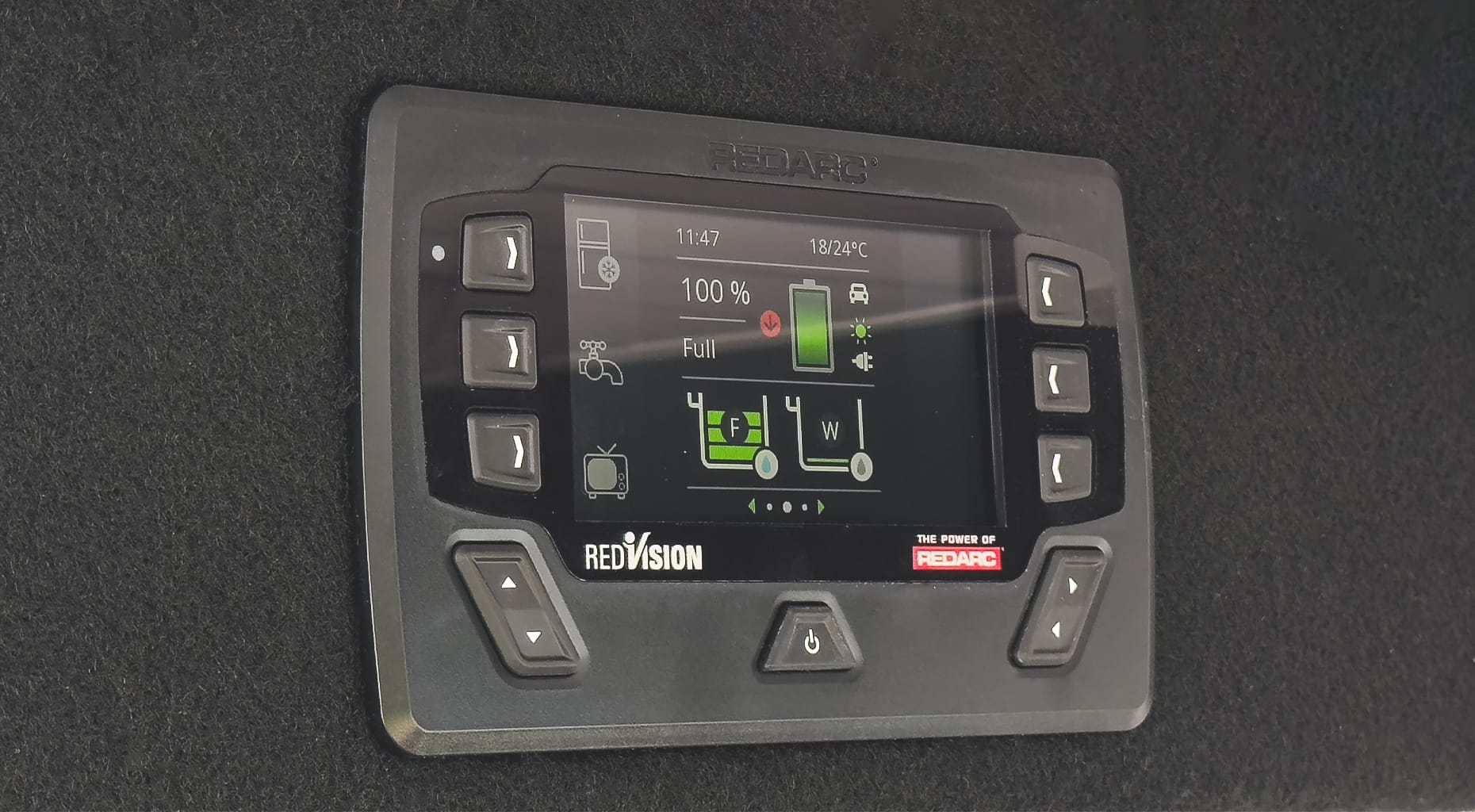
So a few simple things to know how to ensure you aren’t wasting valuable energy:
- Know what appliances you are running and keep an eye on how much energy is being utilised. The easiest way is to spend time understanding how much power is drained by each device.
- Use power efficient devices, LED lights not incandescent for example. Your Interstate ‘One’ has these already.
- The biggest energy users are normally 240v devices running off your inverter. Induction cooktops, toasters and kettles. Keeping the use of these to a minimum will help you save energy. Sometimes it can be more efficient to boil water in a pot on an Induction then run the kettle. The Induction may draw more power but it's amp-hours may be much less as it boils the water much faster.
The 2000w inverter is an option for our Interstate One. Could you explain what an inverter is and why it might be a game-changer for someone on the road?
Inverters have gone from a nicety to a necessity. When I go away, I like to joke that it's in everyone’s best interest that I have a good inverter and a coffee machine so I can make myself a decent coffee first thing in the morning.
An inverter basically turns 12 volts into 240 volts. Meaning our household items can be run while we are away. 12v products are often slow and expensive to run when it comes to heating whether it be for a kettle or a camp buddy. 240v appliances are readily available and work much better and generally better quality and reasonably priced. I always travel with my induction cooktop, airfryer, sandwich toaster, kettle and, of course, coffee machine. The 2000W inverter is our biggest selling inverter as it can run almost everything.
When it comes to choosing an inverter, is there a simple way for people to figure out if a 2000-watt option will meet their needs?
Absolutely, choosing the right inverter doesn't have to be complicated. Basically, it comes down to knowing how much power you'll need. I usually tell people to start by listing all the gadgets and appliances they want to power - think toaster, kettle, microwave, hair dryer, that kind of stuff. Check each item's power rating, which you can usually find on a label or in the manual.
Remember, things with motors or heating elements might need more juice at startup. To turn something from a stationary state will take all the energy that item is able to absorb, in other words lots more. Think of it the way a heater element draws less energy as it heats.
Now we have our list of 240v products we want to use. Look at the hungriest product you have in your list. Lets say your hairdryer and kettle have ratings of 1800W; the 2000W is going to cover them comfortably. However, if you want to run the kettle and hairdryer at the same time, we need to add the energy of both products, which gets us to a larger 3600W requirement.
Our inverters include a rating on the front which describes what they will put out until the batteries run flat. So if it's 2000W it will supply 2000W for as long as it has enough power supplied to it to do so. The REDARC inverters also have a “peak specification”, so a 2000W inverter peaks for 3 seconds to 4000W and 10 seconds at 3000W which allows for the start-up rush of products that we spoke about earlier.
The DC to DC charger is a vital part of the Redarc system we use in the Interstate One. How does this differ from the Voltage Sensitive Relay (VSR) setups that many other RV manufacturers use?
The Redarc Manager 30 is like the Swiss Army knife of power management for RVs, especially when you compare it to the more basic Voltage Sensitive Relay (VSR) systems.
The easiest way to think of the Manager 30 is as a smart device that not only charges your RV's batteries from almost any source - solar, your vehicle's alternator, or even AC mains - but also keeps an eye on their health, ensuring they last longer and perform better. It's smart enough to handle different types of batteries and manage where power needs to go most, all while giving you updates on how your batteries are doing.
On the flip side, VSR setups are more like a one-trick pony. They're good at making sure your auxiliary battery gets charged by the vehicle’s engine without draining the start battery, but that's about it. They can't charge from multiple sources or adjust to different battery types, and they don't give you much insight into battery health or performance.
If you're just looking for a simple way to keep an extra battery charged that is the same chemistry as your start battery, a VSR might do the trick. But if you're living the RV life and need your power system to be as versatile and reliable as possible, the Manager 30 is the way to go.
Lastly, Redarc’s ‘storage mode’ is a feature that catches a lot of interest. Could you explain what it is and how it benefits our users?
Storage Mode is pretty much what it sounds like - it's a clever feature in our battery management systems that takes care of your battery when you're not using it regularly. Think of it as putting your battery into hibernation, where it gets just enough charge to stay healthy without overdoing it.
When you switch on Storage Mode, the system dials down the charging voltage to a level that's just right for keeping your battery in shape during downtime. It also throws in some periodic charging cycles to combat self-discharge, ensuring your battery doesn't lose its mojo while sitting idle.
Lithium Batteries utilise an organic matter as an electrolyte and this matter will cause the batteries to discharge over time. Going into storage mode reduces the cycles the battery goes through by not going into a bulk charge but just trickling a low charge rate to keep the battery at or around its desired state. Lithium batteries have a number of cycles they are able to carry out before they begin to fail. These cycle counts do vary from battery to battery.
For your users, especially those who might not hit the road as often as they'd like, this means a couple of cool things. First off, their batteries are going to last longer, which is always a win. You won't have to fuss over it with regular checks or manual charges since Storage Mode has got it covered. And let's not forget the cherry on top: saving money in the long run by dodging frequent battery replacements and maintenance hassles.
That concludes our interview with Martin, we hope you enjoyed it. If you have any follow up questions regarding the power system in the Interstate 'One', or you'd like to suggest a topic for our next interview - contact us via our support page here.

